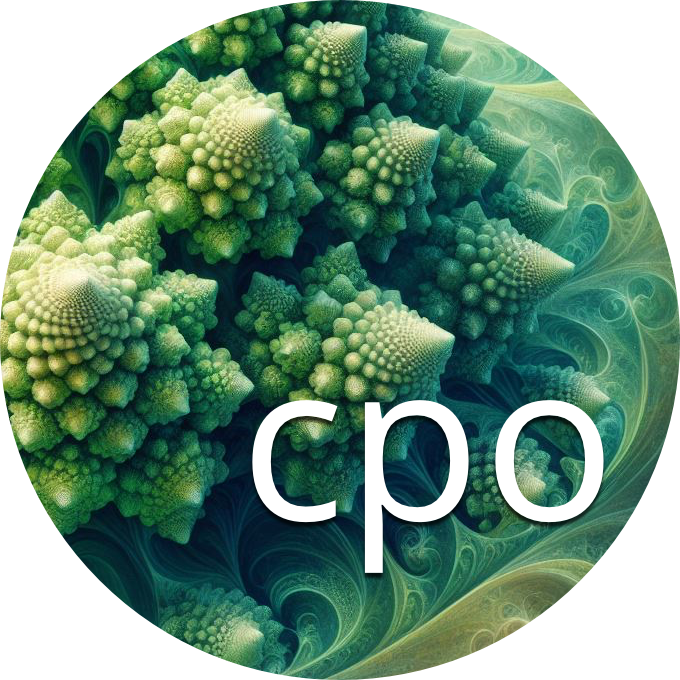A Voice of Process: Re-Presencing the Gendered Labor of Apollo Innovation
Abstract
From Ada Lovelace to Margaret Hamilton, retelling the stories of previously unrecognized women can broaden histories of technology and challenge the dominant imaginary of innovation today. These figures remind us that women can be—and always have been—part of computing. Yet, their significant accomplishments represent a small fraction of women’s contributions to technology. Women, and especially working class women of color, have consistently done the work just below the surface of discovery. However, the data comprising their experiences remains thin, keeping those figures on the scientific margins. This essay explores how communication studies can integrate expanded methods of media archeology to address issues of representation in the absence of remarkable personal narratives. We present the case study the Apollo Guidance Computer’s woven core memory, a history that is “re-presenced” through a participatory workshop that engages participants in collaborative acts of weaving. In an appeal to the tactics of design, this recuperation opens an indeterminate past to illuminate the networks of labor called into being by technological artifacts. We argue that integrating these methods can produce new, feminist histories of material practices—bringing people and places into the present along with their associated artifacts.
Note: Download statistics restarted from zero effective January 1, 2024. Please follow this link to see cumulative download statistics from our previous publishing platform: CPO Download Statistics 2012 - 2023
Keywords: Media archeology, core memory, Apollo Guidance Computer, gendered labor, history of technology
How to Cite:
Shorey, S. & Rosner, D. K., (2019) “A Voice of Process: Re-Presencing the Gendered Labor of Apollo Innovation”, communication +1 7(2). doi: https://doi.org/10.7275/yen8-qn18
Downloads:
Download PDF
View PDF
755 Views
166 Downloads
